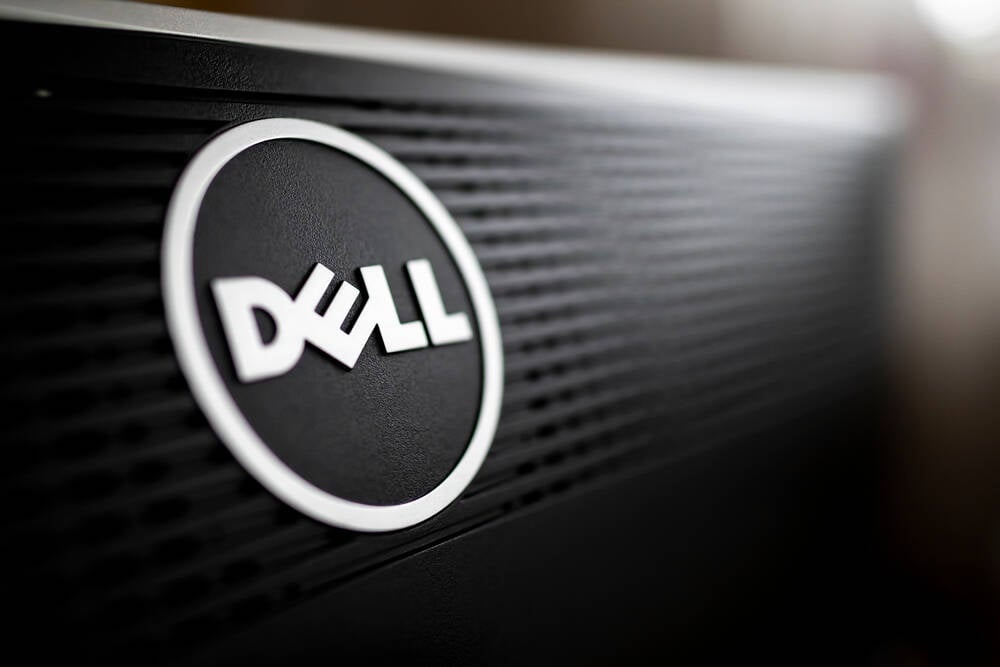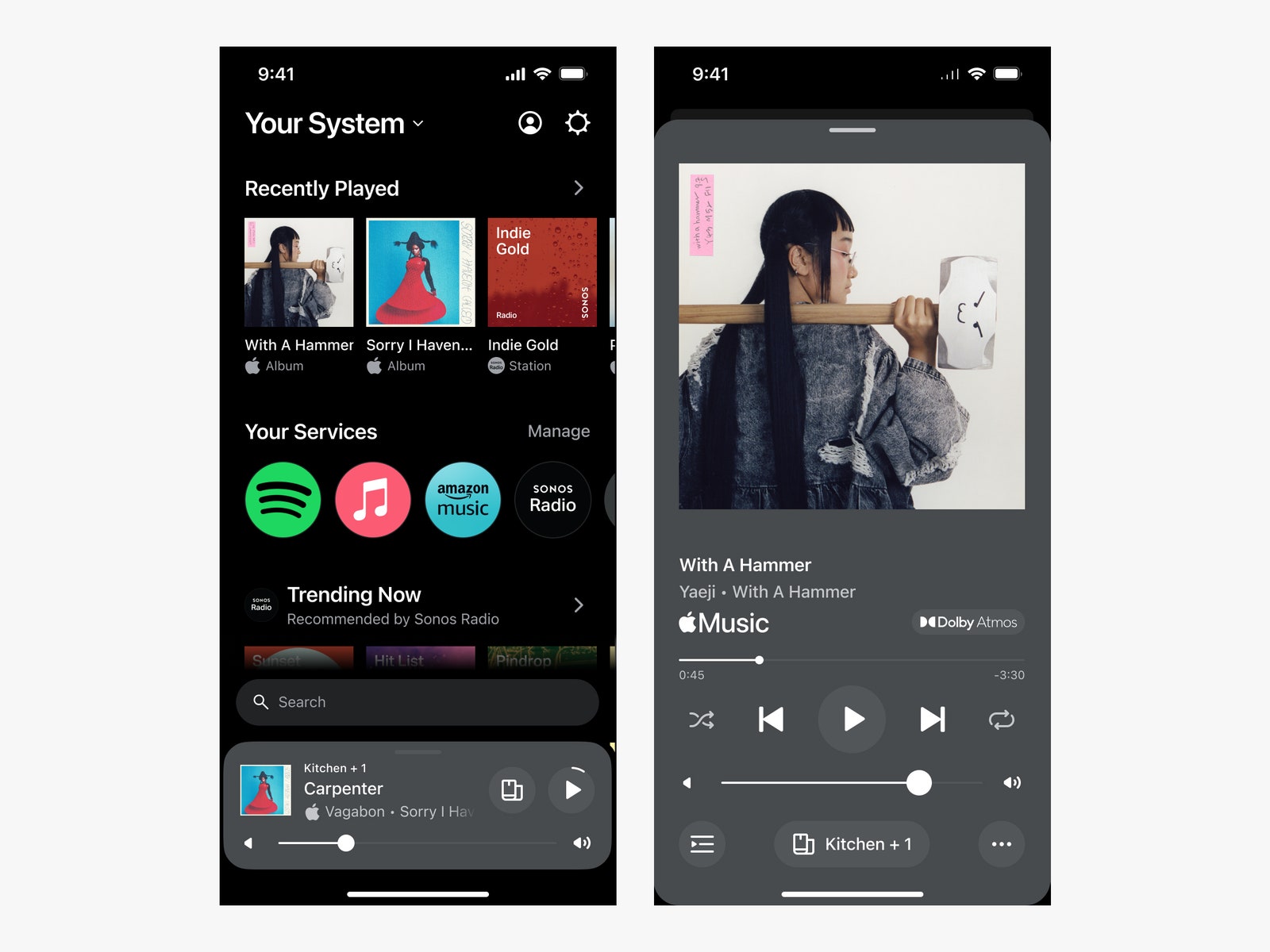The federal government agency responsible for granting patents and trademarks is alerting thousands of filers whose private addresses were exposed following a second data spill in as many years.
The U.S. Patent and Trademark Office (USPTO) said in an email to affected trademark applicants this week that their private domicile address — which can include their home address — appeared in public records between August 23, 2023 and April 19, 2024.
U.S. trademark law requires that applicants include a private address when filing their paperwork with the agency to prevent fraudulent trademark filings.
USPTO said that while no addresses appeared in regular searches on the agency’s website, about 14,000 applicants’ private addresses were included in bulk datasets that USPTO publishes online to aid academic and economic research.
The agency took blame for the incident, saying the addresses were “inadvertently exposed as we transitioned to a new IT system,” according to the email to affected applicants, which TechCrunch obtained. “Importantly, this incident was not the result of malicious activity,” the email said.
Upon discovery of the security lapse, the agency said it “blocked access to the impacted bulk data set, removed files, implemented a patch to fix the exposure, tested our solution, and re-enabled access.”
If this sounds remarkably familiar, USPTO had a similar exposure of applicants’ address data last June. At the time, USPTO said it inadvertently exposed about 61,000 applicants’ private addresses in a years-long data spill in part through the release of its bulk datasets, and told affected individuals that the issue was fixed.
[…]
Source: US Patent and Trademark Office confirms another leak of filers’ address data | TechCrunch


